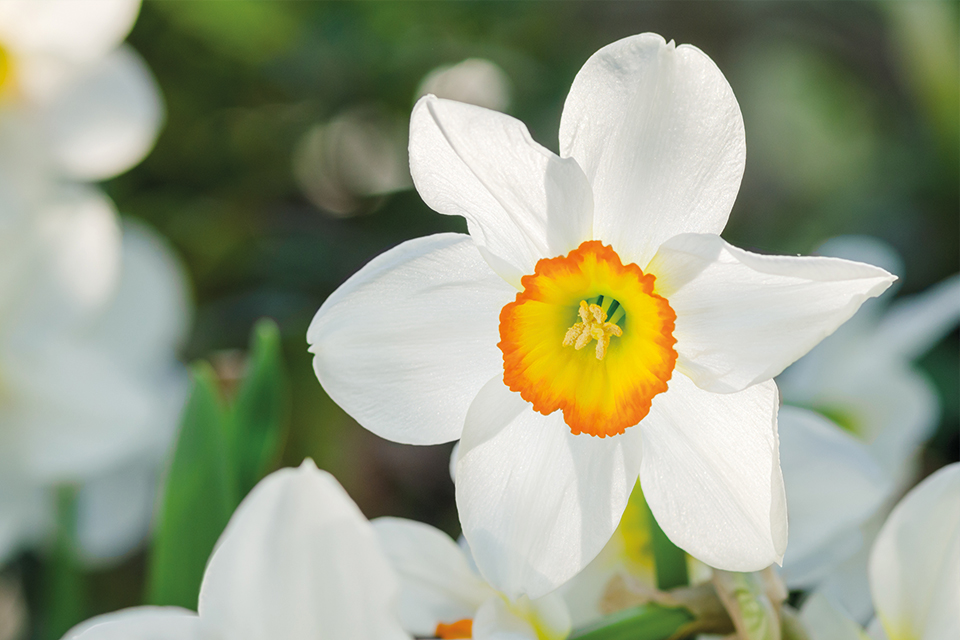2023-03-15
Spring is in the Air

The types of air pollution and the levels vary widely between urban and rural environments, between small communities and densely populated cities, and between different regions. However, there are also effects owing to the seasonal variations during the year.
The first seasons-related thing happening early spring can very well be short periods of high levels of particulates in the air. This owes to the preceding winter when sand and salt have been used to fight snow and ice on the roads, and where the use of studded tires wears down both the road surface and the studs themselves.
As long as the roads keep freezing or at least stay wet, the resulting particulates can be bound to the surface. However, as winter ends and the roads dry up, the particulates are freed by winds and turbulence from passing vehicles. This can result in high levels of particulates. However, one or a few weeks ‘down the road’, and the particulates have usually been dispersed or washed away and the levels are back to normal.
Summertime and the Livin’…
More and more sunlight as summer approaches affects the photochemistry in the air. Ultraviolet (UV) light from the sun can then drive the formation of ground-level ozone during daytime, at least if ozone precursors such as nitrogen oxides (NOX) and hydrocarbons are present.
However, the chemical processes of formation and consumption are complex. By example, in city centres where emissions of nitric oxide (NO) are notable, NO reacts with ozone and can thereby hold back the worst ozone concentrations.
Seasonal-bound Use of Power
In regions where power is produced from combustion processes, the emissions and thereby the pollution levels of NOX and in some cases SO2 may vary by the need for power. In warm climates, the worst levels are often found during summer and early autumn when a lot of power is required for air conditioning and other cooling applications.
In cold climates, it is instead domestic heating during late autumn, winter, and early spring that drives the power consumption and thereby the potential emissions of air pollutants and related pollution levels.
The Windy Season
Winds may also result in seasonal variations of air pollution concentrations, given that average wind speeds and/or prevailing wind directions can be seasonal. Strong winds can on one hand provide efficient dispersion of gaseous pollutants, lowering the concentrations. On the other hand, such winds stir up sand and dust from the ground in dry regions, resulting in higher particulate concentrations.
During steady-state meteorological conditions with low winds, a reversed vertical temperature gradient with cold air below the warm air can sometimes occur during winter. This is called inversion, putting a cover on the air volume. Pollutants then keep being emitted at ground level without being effectively removed, with sometimes dramatically increasing pollution levels as result.
So, mind the air pollution levels, whether it’s spring or some other season in the air!
